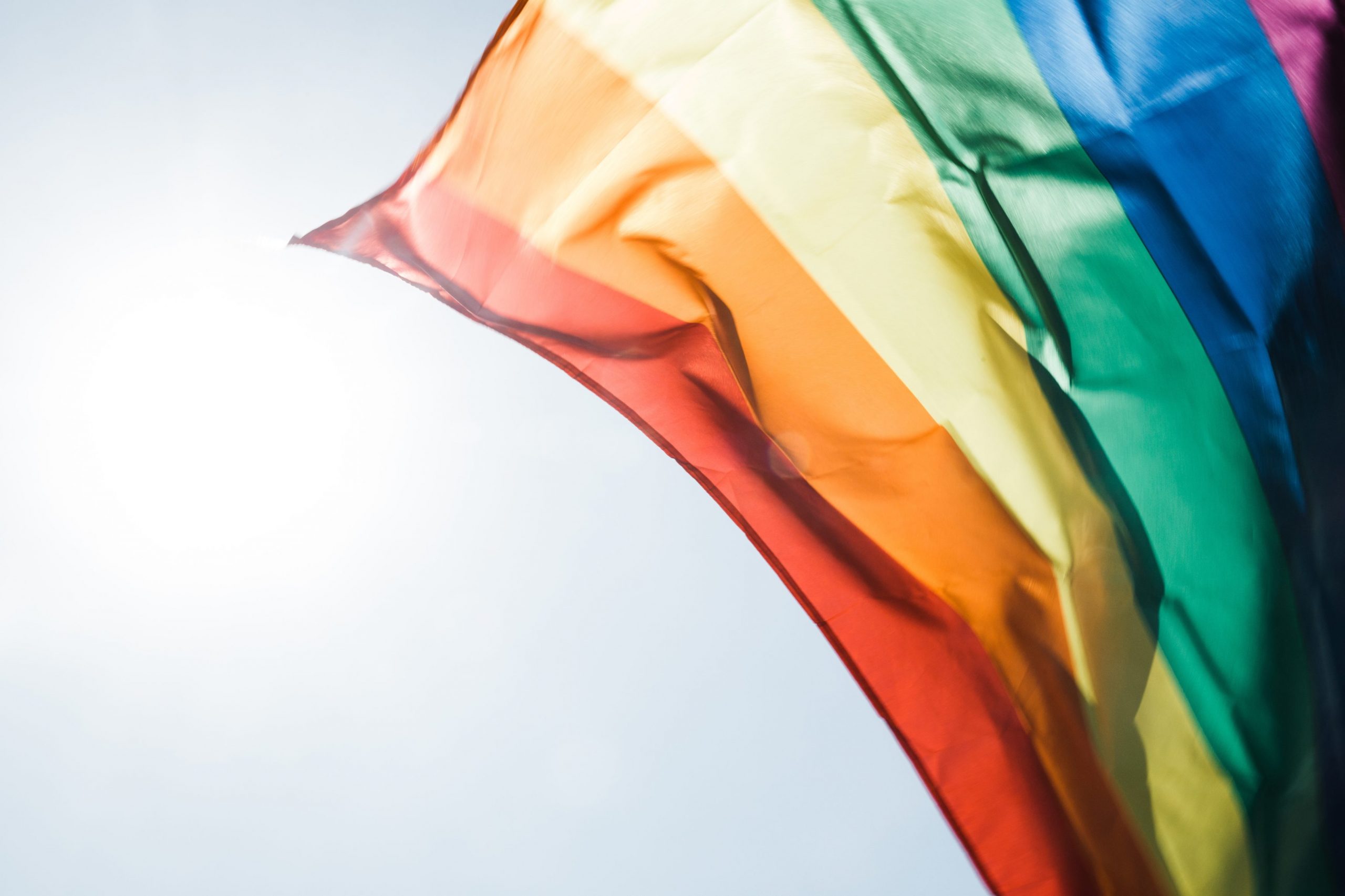
I ask myself, for every gay fantasy about a teacher, how many gay teachers have I known?
It cannot be overstated the impact of 20-something LGBTQ students seeing themselves represented among the faculty. Gay dorks with tattered notebooks teeming with addendums and dog ears sit attentively in your classes and dare to dream. They fill their gay agendas with notes and cautiously plan for the future. As the violence of the hetero-patriarchy is slowly addressed and healed, for LGBTQ students to hold an open place in society is an act of defiance. And, for many, it is a source of anxiety.
For those students with aspirations in academia, there is an awkward learning of the social etiquette and a careful observation of whose voices can go where. It’s no secret or surprise that it has often been in the arts that the gay community has felt safe.
Without the formality of academia, the arts base themselves on a much more plain peer-to-peer network. There are exceptions, but ideally space given within the discourse of the arts is based on craftsmanship and vision, not status or position. Within the stress and stricture of a university, the opportunity for genuine human interaction is sparse: Titles become the person.
Seeing openly LGBTQ faculty lets us know it is safe to come out. It might sound dramatic, and indulgently post-apocalyptic, but to be 20 and in college looks like a lot of young gay heads meekly peeking, grasping and gasping from the rubble of the last century. Give us some soup and a hand to hold.
Undeniably, it is stressful to be an openly LGBTQ faculty member. There is a simple solution: hire more. Often, media representations and social perceptions far exceed the reality of gay professional life. Ironically, the perception of college as an overwhelmingly gay space can be an obstacle in encouraging and protecting gay space.
The LGBTQ acceptance in universities and the broader American culture can be complicated. Being LGBTQ often causes stress, both psychological and financial. This can make LGBTQ lives alien to their cis-het peers, not only in their sexuality or gender expression, but in the impacts of poverty, drug use, mental health and psychological trauma.
For every harsh word the world has for LGBTQ people, there are approaches to creating a welcoming space for LGBTQ life. On campus, that means ensuring access to bathrooms for transgender and gender-nonconforming people. It means ensuring access to mental health resources. It means respecting student and faculty members’ prefered names and pronouns.
Sexual assault prevention, campus safety, housing insecurity and enrollment retention are all issues that disproportionately affect the most vulnerable members of our community. To uplift one person brings us all along.
The bottom line is that gay people exist and are equally worthy of faculty positions. Why aren’t they getting them? And why aren’t we seeing them?
